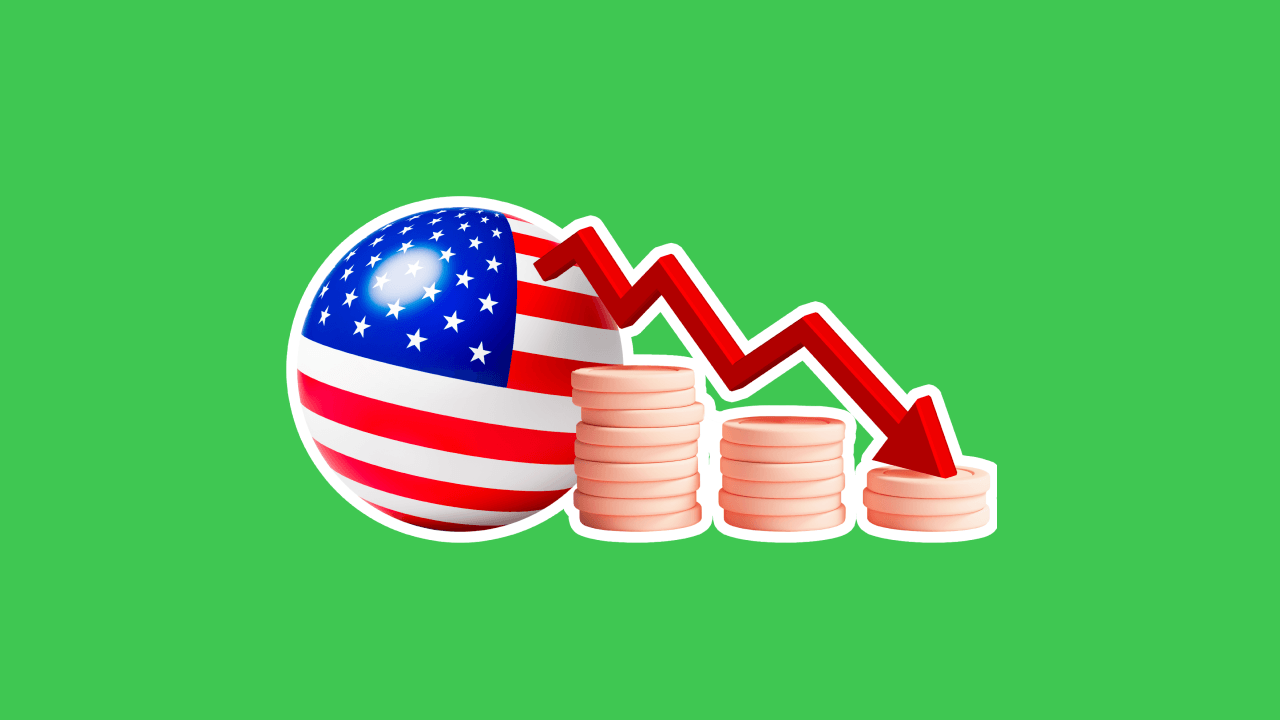Markets Respond to US PPI and Retail Sales Release
The US Bureau of Labor Statistics released the Producer Price Index (PPI) and Retail Sales figures, offering a glimpse into the current state of the economy.
This article will explore the market's reaction to these releases and discuss their implications for traders and investors.
US PPI, Core PPI and Retail Sales at a glance
The Producer Price Index (PPI) for final demand in the US dropped to 4.6% on a yearly basis in February, down from 5.7% in January. This reading was significantly lower than the market expectation of 5.4%.
Meanwhile, the annual Core PPI, excluding volatile food and energy prices, decreased to 4.4% from 5.4%, compared to analysts' estimate of 5.2%. On a monthly basis, the Core PPI remained unchanged at 0%.
In addition, retail sales declined 0.4% for the month, in line with expectations, and pulled lower by drops in auto sales as well as bar and restaurant receipts. A 0.2% drop in goods prices helped fuel the headline decrease, representing a sharp pullback from the 1.2% surge in January.
Most of the drop in goods stemmed from a 36.1% plunge in chicken egg prices, which had soared over the past year.
Market reaction
Following the release of the PPI data and Retail Sales, the US Dollar preserved its bullish momentum, rising by 1% on the day to reach 104.70.
In addition to the US Dollar, major indices such as the Dow Jones ($DOW30), Nasdaq ($NAS), and S&P500 ($SPX500) also responded positively to the PPI in the short term.
Also, $XAU/USD peaked at $1,930, its highest level since February 2. From last week, gold has risen almost 8%, supported by the sharp decline in global government bond yields.
Although these indices were down in the first half of the day before the data was published, they rebounded after the announcement, reflecting a renewed optimism among investors regarding the potential easing of inflationary pressures and its impact on corporate earnings and economic growth.
What this means for traders and investors
The lower-than-expected PPI figures have significant implications for traders and investors. A decline in PPI suggests that inflationary pressures may be easing, which could lead the Federal Reserve to adopt a more cautious approach to raising interest rates. In particular, many experts are leaning toward a less hawkish policy and a 25 basis point rate hike instead of 50 at the next Fed meeting on March 22.
However, traders and investors need to remain vigilant and consider other economic indicators and market factors when making investment decisions. The financial markets are complex and can be influenced by various factors beyond the PPI, Core PPI, and Retail Sales figures.
Summary
- The US Bureau of Labor Statistics released lower-than-expected PPI and Core PPI figures for February, indicating easing inflationary pressures.
- Retail sales declined by 0.4% for the month, with a sharp pullback in goods prices driven by a 36.1% plunge in chicken egg prices.
- The US Dollar and major indices like the Dow Jones, Nasdaq, and S&P 500 responded positively to the data releases, reflecting renewed optimism among investors.
- The decline in PPI could lead the Federal Reserve to adopt a more cautious approach to raising interest rates, potentially supporting the bullish trend in the US Dollar.


